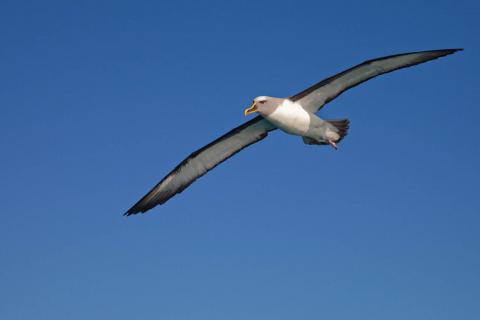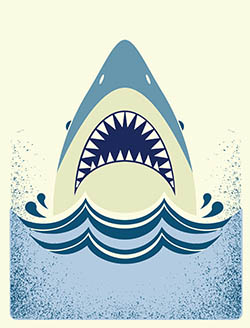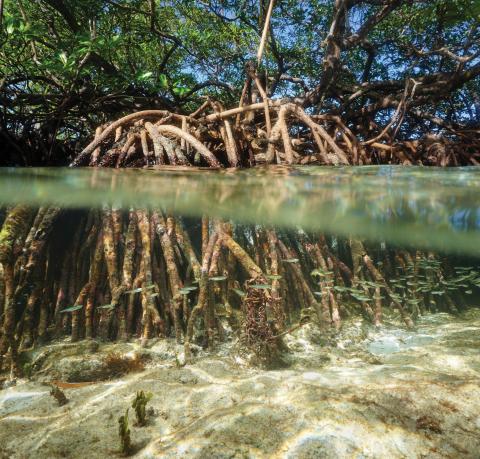ENVIRONMENT: Seabirds drawn to plastics

Photo: CSIRO
As the amount of plastic increases in the marine environment, a growing body of international research is investigating its impact. A study published at Nature International Journal of Science in January 2018 investigated what drives plastic ingestion by seabirds, examining 1734 individual seabirds of 51 species. The study found that seabirds at the highest risk of debris ingestion are those that forage at the surface, especially by surface seizing, diving and filtering; those with a crustacean-dominated diet; and those that forage in or near marine debris hotspots. The storm petrel is one species at the highest risk of debris ingestion due to its foraging behaviour.
Another report (Savoca et al., 2016) showed that microplastics in the ocean actually attract seabirds – through their smell. Plastics left in a marine environment for one month produce a dimethyl sulfide signature. Seabirds associate this chemical signature with their food, so it tricks them into thinking plastic is a meal.
Marine ecologist Claire van der Geest says plastics in the marine environment are associated with the death of seabirds and turtles, due to nutritional deprivation and toxic chemicals from the plastics.
The plastics either kill animals directly or impair physiological functions, such as growth rates and reproductive fitness.

TECHNOLOGY: Shark bites leave DNA clues
When sharks take a bite out of line-caught fish while the fish are still hooked below water, it is hard to visually identify which shark species is responsible. Known as shark depredation, this occurs for both recreational and commercial catch, and can have economic, social and ecological consequences.
But the bite marks leave something behind: traces of shark DNA. Researchers at the Department of Primary Industries and Regional Development in WA have collected some DNA samples to definitively identify the species involved in all sampled incidences.
Knowing which shark species are involved is fundamental to developing effective management strategies. The WA study is the first to develop a molecular method to identify species involved in depredation events in commercial line-based fisheries without reliance on direct observation.
IN PRINT: Bycatch strategies
Dedicated to “all who are interested in sustainable fisheries”, The European Landing Obligation is an open-access book published in 2019 to coincide with the obligation’s full implementation.
For Australian readers, it identifies strategies being used in the European Union to deal with bycatch and discard issues.
Edited by Sven Sebastian Uhlmann, Clara Ulrich and Steven J. Kennelly, the book comprehensively examines the European Landing Obligation policy and evaluates its economic, social–cultural and ecological impacts. Available for download here.
WORDS
Marine debris
Any persistent, manufactured or processed solid material discarded, disposed of or abandoned in the marine and coastal environment.
Microplastics
Plastic fragments or particles five millimetres or less in size, either in their primary form, or as a result of the breakdown of larger pieces of plastic.

INNOVATION: Living seawall aids water quality
Volvo has teamed up with the Sydney Institute of Marine Science and Reef Design Lab to create a Living Seawall in Sydney Harbour. Consisting of 50 tiles that mimic the root structure of native mangrove trees, the Living Seawall provides a habitat for marine life.
Installed along an existing seawall structure, the wall is made from 3D-printed moulds using concrete and recycled plastic.
It has been designed to attract filter-feeding organisms that will absorb and filter out pollutants, such as particulate matter and heavy metals, helping to keep the water clean. Researchers will monitor the Living Seawall for the next 20 years to see if it improves biodiversity and water quality.





